Good day, it's Darren from ProBlogger. Welcome to Episode 186 of the ProBlogger Podcast. My name is Darren Rowse and I'm the blogger behind ProBlogger.com, a blog, podcast, event, job board and series of ebooks all designed to help you as a blogger to start a blog, to grow that blog's audience, to create some really useful content for that audience and to make some money from your blog.
Today, I want to walk you through my step by step process for writing a blog post. I get asked quite regularly over in the ProBlogger podcast listeners group on Facebook about my writing process. Whilst I've talked about different aspects of my process, various episodes of this podcast, I've never really gone from start to finish. Today, I want to walk you through it.
Before I do, I just did give you a little hint, that we've got some events coming up with ProBlogger. This year, we are planning to do an Australian event. In fact, there may be more than one, we'll let you know a little bit more about that in the coming weeks. But we also, this year, want to do something in the US because we do have so many of our readers of ProBlogger, listeners of this podcast in the US.and speaking of the Facebook group – I wanted to let you know that I've shared some exciting news with members of that group in the last week – particularly about an event that ProBlogger is involved in running later this year in the US. This year, we are planning an event in the US.
Whilst we're not quite ready to launch details of that quite yet, I’m working with some partners on this particular event, we have let some details slip out in the Facebook group. We wanted to do a bit of a soft launch. If you're curious about coming to an event in the US, go join the ProBlogger Podcast Listeners Facebook Group. Do a search on Facebook for ProBlogger Podcast Listeners and you will find the group. Join and you will find some details in there. By the time this episodes comes out, you may even be able to pick up an early bird ticket to that event. If you’re curious about coming to an event in the US, check out the Facebook group. If you’re in Australia or willing to come to Australia later in the year, stay tuned, we'll let you know a little bit more about that.
But enough of all that, enough of me teasing you about events. I know I've been known for doing that. I want to get into today's episode. Let's get into talking about my writing process.
Ben over in the Facebook group today asked me this morning if I could talk a little about how I go about writing blog posts. He particularly wanted to know how I outline my posts and then how I go about ordering the writing process; when do I write headlines, introductions, and that type of thing.
I started to write back a rather long post to Ben describing what I go through. As I was writing it, I realized I've never really fully run through that whole process on this podcast. That's what I want to do today. I hope it will be helpful for you. I have touched on some of the different things that I’m going to talk about in previous episodes, so I’m not going to rehash all of that today. I'll refer you back to some of those episodes as we go along.
Let's get into it. The first thing that I do is pretty logical, really. It's to pick a topic. Pick something that I want the post to be about. I should say this process really does apply to creating videos on YouTube or a podcast even. I went through almost this exact process in preparing this podcast. I actually use a very similar process when I’m creating a talk as well, a presentation, a keynote presentation.
This, for me, given the type of blogs that I have is almost always about either identifying a question that one of my readers is asking that I can answer, or identifying a problem that one of my readers has that they're trying to overcome, or identifying a task that someone is trying to complete, or identifying a goal that someone is trying to reach.
I’m a teaching blogger, I’m a how-to kind of blogger. 95% of my posts are how to content. I always start with one of those things; a question, a problem, a process, a task, or a goal that someone is trying to achieve. Generally, that defines the topic of my post. I’m coming from that perspective today as a teaching blogger, I’m sure other people would choose topics based upon other things but that's where I’m coming from.
Number two, this is something I think is really important, I don't see too many other people writing about this when they outline their process. Number two for me is to remind myself of my reader. I've kind of eluded to this in my first point, picking a topic, because almost all the posts that I write tend to come out of questions or problems or goals that my readers have. In this step, I take a moment before I write anything to try and imagine the situation of my reader. You are so much more effective in your blogging if you write with your reader in mind, if you write to your reader. I think it's really important to pause before you write, to picture your reader.
I've talked in previous episodes about how I've got avatars or reader profiles. I think I talked about this in Episode 33, about how to develop an avatar. In this step, I go a little bit deeper and I try and write a sentence before I write anything else about who my reader is and how they look at this topic, how they view the topic that I’m talking about, the perspective that they might have on this topic.
If I’m writing about a problem, why do they have that problem? Why does my typical reader have that problem? How do they feel about that problem? What have they previously tried to overcome that problem? What has stopped them from solving that problem in the past? Take a few minutes to put yourself in the shoes of your reader. This might be about you going back in time to when you had that problem or when you had that question, and actually just let yourself marinate in the situation of your reader for a moment because if you write from that perspective with that person in mind, you’re going to be so much more effective in your writing. You’re going to write with empathy and you’re going to write a relevant piece of content for them. You’re not going to write a hypothetical post, you’re going to write something that's going to solve a person's problem.
Let me give you a really quick example. I might choose to write a post on my photography blog answering a really common question that we get quite a bit. The question we often get is, "How should I light my portraits?" That's a typical question we get. It's a good question, but there's a lot of different ways that I can approach that question depending on who is asking the question. My readers, who are they? What type of gear do they have? What type of budget do they have to buy new gear? What type of experience or level are they at in their photography?
If I was doing this for my readers on Digital Photography School, I'd write a short sentence or two describing my reader. If I was doing this for DPS readers, I might identify that a lot of our readers are just starting out with photography, they're beginners. Their perspective, their viewpoint of lighting a portrait is they don't even know where to start. They may not have too much lighting gear at their fingertips, they may have one flash, they may not even have a flash, they might be just using lights around their home, they might be on a real budget.
Knowing that gives me a viewpoint to write that article from, it gives me a perspective to tackle, it gives me a real understanding of who might be reading their article. I’m not going to write an article about how to light a portrait with professional photography gear in this case, I’m going to write something from the perspective of someone just starting out. Think about your reader, think about the situation they're in, the feelings they have, the questions that they have around your topic. The more you can do thinking around that, the better position you’re going to be in to outline an article and to write that article with real empathy and in a relatable way.
The other thing I’m thinking about when I’m thinking about my reader is what do I want them to do after reading my article? Thinking about the call to action before you start writing anything is really important because it will shape your article, it will shape your headline, it will shape your introduction, it will shape the way you write your main part of the content, and it will shape your conclusion. Don't just get to the end of your article and ask yourself, "What do I want my readers to do now?" Ask that question before you start writing.
Number three, create a working headline. This is something that I've actually changed my perspective on, I used to write the article and then write a headline. I know some people prefer to do it that way and that's totally fine, I understand that perspective. What I like to do is spend a little bit of time taking that topic, taking that reader perspective, and trying to come up with a headline. I find that sometimes in the creating of a working headline that I find a unique angle to write the post from, particularly given the work I've just done on understanding my readers.
If I want to take that example a little bit further, the question I’m writing about is how do I light a portrait. I've done the work in understanding my reader, I understand they're beginners, they don't have much lighting gear. I might brainstorm headlines and come up with things like how to light a portrait using lights you find around your home. That might be something that interests that type of reader. Or, how to light a portrait when you've only got one flash.
They're not really fully formed headlines yet, but they're good enough for a working headline. I might choose one of those. Really, by coming up with a variety of those type of headlines, I actually now have an angle for my article. I might take that one how to light a portrait using the lights that you find around your home, that gives me the whole article. I can start to think about what lights do I have around the home and begin to construct that particular article. Or if I choose the one how to light a portrait with just one flash, I now have the boundaries of what that article needs to be about. For me, creating that working headline upfront sometimes just gives a little bit more tightness to what the article is about.
I will say, it's important that this is just a working headline, it's just a working title. I often, if not always, go back and tweak and change the headline later after I've written the article, or sometimes even as I’m writing the article I’m thinking about I need to change that headline a little bit.
I do talk a lot about headlines in Episode 156. If headlines is something you want to learn more about, I give you a variety of different ways to come up with a great headline for your article in that episode 156.
Number four is to brainstorm and list the main points or the main teaching of your article. I’m coming from someone who's teaching in most of my articles. For me, it's about trying to construct something that is going to teach people or is going to convince people of something. At this point, I'm not really writing a lot, I’m coming up more with a bullet point list, and I do this in a text document on my computer, sometimes I'll do it on a notepad or I’m doing this in mind mapping. I did talk about that in Episode 182. I use a couple of softwares to create mind maps. Sometimes, for some of my larger articles, I like to visualize it. In many cases, it's about doing it on a piece of paper or on a text document.
I'm trying at this point to brainstorm the answers to the questions that I've identified, or solutions to problems, I'm outlining the steps that a reader needs to go through to learn a new skill or master a process. I’m really trying to add the bones to the article, I’m not adding muscles, I’m not really adding much at this point. I’m just coming up with bullet points. Those bullet points will often become subheadings in my articles. I tend to almost start with a list, my articles don't always end up as a list although sometimes they do. I find that by coming up with some main subheadings for my article for the main sections, and then beginning to come up with a few sub points for each of those sections, that's where the article begins to form for me.
This is really the outlining process. I often start with more points than I actually end up using in the article. I’m thinking about all the possible things I could write and then I begin to call it down and come up with the main things that I want to say, the most valuable things.
I don't get too precious about how many points I’m going to make, I know some bloggers only create lists of seven things. I don't do that, I use as many points in my articles as I think are useful and I try and make it the best article I can. Some of my articles and podcasts have one point, sometimes it's most effective if you've just got one big idea, and sometimes I have up to 20 or 30. I think I had a podcast recently with 21 points in it.
It's about trying to come up with what you’re going to say, outline that in a bullet point or in a mind map in some ways. You may want to write a sentence about what you'd say in each of those sections, or some sub bullet points as well.
I think it's really important to arrange those points in the right order. This is something I think a lot of bloggers could improve their writing by just taking a moment or two to ask themselves is this the right order? Is it a logical order? Are my points building upon one another?
Most articles, it's much more effective to put them in a logical order, in an order that builds momentum and makes sense to your readers. Spend some time on that. At this point, I’m still outlining, I try and take a bit of a critical look at the outline I've come up with. When I’m happy with the outline, I look at it and then I start to ask myself some hard questions. This sometimes isn't a very nice process, but sometimes things like is this outline going to be useful? Usually, you can tell from an outline whether it's going to be a lightweight article or whether it's gonna be really useful. Is someone going to have a fist pump moment when they read this article, given the points you've come up with, or are they going to say that was okay? "They got me to click but it didn't really change my life." Is that article useful? Is it meaningful? Is it going to change someone's life in some way?
What questions might people still be asking at the end of reading that type of article, looking at the points that you’re going to make. Will they have some questions? Make note of what those questions are. Is there something that you don't know as the author yet about this topic that you really should know? Sometimes when we write articles, we get to the end of the article and we go, "I didn't really know enough about that. I should've done some research on that." What arguments and objections might people have about this article having a look at that outline?
I think it's really important to ask those types of questions, be critical about the outline that you've come up with. Don't just ask those questions at the end when you've written the whole thing. I think it's important to ask some of those questions as you’re drafting an outline for your article. Because sometimes, at this point in the process, you realize that you need to go away and do some research, or that you need to go away and ask some questions of your own to learn more about that particular topic, or maybe at this point having asked those questions you think actually this is a bit of a weak article, I’m not going to write it.
That's happened to me many times, I'd much rather come to that conclusion that this is not a strong article. At that point then after I've already written something because that's going to take me several hours more. Ask some of those critical questions at this point. It may be that you need to go away and do some research. I try not to look at what other people have written too early in the process, I like to outline my article first, and then do some research and see what other people have written to see if there's any other ways that I can improve it. I tend to do that later. It's also really important to make note of who inspired you so that you can give some credit for that as well.
The other thing you might want to do, having asked some of those questions, if you realize that the article is not going to be strong enough, you may want to go away and seek some help from other people. You can seek help by reading other people's articles, but maybe there's someone you can do an interview with or ask some questions or even get them to write a section of your post for you. This point in the drafting of your post, it's important to have asked those questions so that you can put in place answers to the objections people will have, that you can strengthen something that's shaping up to be weak.
Number five is where we begin to work on the introduction. I do know that some people wait until after they're written their article and then go back and write their introduction, in the same ways that people sometimes do that for their headline. I, again, find that for me, writing the introduction upfront is good, it helps me get into the flow as a writer. Sometimes, I find that if I've written an introduction, again it shapes the direction of the article and it helps me to write the rest of the article faster and more in the flow. I will say as with a headline, I will often go back and re-work an introduction later, I think it's important to do that. I find for me writing that introduction early is good.
When you’re doing your introduction, a few things I'll say about that. Again, as you’re writing an introduction, be really thinking about your reader and their position, the questions and the feelings that they have. I think a good introduction not only identifies the topic, which is important, but it also should empathize with the reader. It should show your reader that you understand their situation, that you understand the question they have or the problem they have and how they feel about that. I think if you can show some empathy in those first few lines, you'll make a deeper connection with your reader and that will drive them to want to read the rest of your article. Show them that you know how they feel, that you understand their situation, rather than you’re just writing a hypothetical article on a topic.
Paint a picture also of what the benefits of them reading the rest of your article are. You might want to make a promise, you might want to say this is an outcome that you'll have as a result of reading this article. They're the type of things that I would put in an introduction. For me, an introduction is generally between one and three paragraphs. As I've said, this will get reworked later, it's a working introduction.
Point number six is to expand your main points. With the introduction written, I then tackle each of the previously outlined points that I've gone through in putting that outline together. This is where I write the bulk of the article, this is where I spend a lot of time. Sometimes for me, it will take a couple hours to write a couple thousand words or a thousand words, sometimes it will take me a couple of days to really work through this depending on how hard it is and whether I’m in the flow or not of writing. Generally, what I do is take a bullet point from my outline and come up with a subheading for that part of the article. And then, I write a paragraph or two or three, or maybe a little bullet list as part of that article.
I try and stick to the outline I've previously come up with, but it's not unusual for me to also be thinking of more things that I can say as I’m going. I'll either make note of the other ideas I’m getting on a piece of paper next to me, or I might add them to the outline that I already come up with.
I also find as I’m writing articles, I get ideas for new articles. It's often in this part of the process that I'll be tempted as I’m writing to take a tangent. I've trained myself to be aware that sometimes those tangents take in the middle of an article are actually new blog posts. I think it's really useful to have somewhere as you’re writing that you can just brain dump other ideas that you get, or other questions that you think readers might have that relate to your topic.
Really, point number six here is about expanding the main points. It's adding meat to those bones that you've come up with earlier in your article. You can see here that I tend to write my articles in the order that my readers read them. For me, this is really important. I write the headline, the introduction, the main part of the article.
Point number seven is really moving onto the conclusion. The age old advice of Aristotle says, "Tell them what you'll say," that's your introduction. "Then, tell them," which is the main part of your article. "And then tell them what you just told them," this is the conclusion. Good articles have some kind of a conclusion. For me again, I do this after I've written the bulk of the article. Once I know what I've told them, I then try and sum up my teaching in some way.
Usually for me, this is about trying to return to the problem or the question that I set out in the introduction to tackle, to remind people what I've tried to teach them. Give them a bit of a summary of the main points again. You've probably heard me do this in the podcast quite a bit. I generally go back through the points that I've made, put them in a nice, quick summary statement. And then, it's important to ask your readers to take some kind of action and to go back to that thing that you identified right at the start that you want your readers to do and then ask them to do that. It's important not to ask them to do too many things but clearly state the one thing you want them to do next. Make it very clear what you want them to do. That can really be anything. Depending on the article, it could be to do something that you've been just teaching them to do. Go away and try this technique I've just talked about, or it might be something more about leaving a comment, or telling a story, or responding and interacting with what you've done in some way. There's no right call to action, it really has to flow from the goals of your blog and the goals of this particular article.
Number eight, before I do any editing, I’m looking to polish and add depth in some way. I think almost every article could be improved in some way, and not just by editing, there can be more added to it. Could you add a story? Could you add an image? Could you go and find a video on YouTube that you can embed into it? Could you create a chart that illustrates something that you've done? How could you make it look better and how can you make the content actually be better? Could you go away and find a quote from someone and add that particular thing in? Could you go away and do a little mini interview with someone to add in some of their ideas, with maybe an alternative viewpoint to what you've written. It's really important to make your content look really good but to add depth to it as well.
Step number nine, the last one I want to talk about, is to edit and proofread. You've spent a lot of time by this point steering over your article but you need to take a little bit of a step back at this point and do some editing. For me, I find putting a bit of space between when I write and when I edit is really important. I think we use different parts of our brains for this more critical thinking about editing. I suggested seven steps for editing your work in Episode 168, but I do want to emphasize it's so important to do. You waste all that energy by publishing something that's not quite good enough and that's got glaring mistakes in it. Do some editing, or get someone else to help you with that particular process. Build editing and proofreading into your workflow. Quality control really does matter.
To summarize that, because all good conclusions have a summary, pick your topic, number one. Number two, remind yourself of your reader, do a little bit of work about putting yourself in their shoes. Number three, create a working headline. Number four is to brainstorm and to list the main points of your article. Number five, write a working introduction. Number six, expand the main points. Number seven is write a conclusion and call to action. Number eight is to polish. I should've said in the polishing stage for me, that's where I go back to my headline, I go back to my introduction, and rework those so that they're not just working headlines, working introductions, they are the final ones. Number nine is to edit and proofread your content.
That's my workflow. I would love to know how this differs from yours, what you would add into it. I wrote a whole series of posts on this topic quite a few years ago now on the ProBlogger blog. I’m going to link back to that because I think it's still relevant today, I do go into more depth in each of the things that I've talked about. I also have another one right at the end about what to do after you've published your content as well.
The title of that series was actually called How To Craft A Blogpost, 10 Crucial Points To Pause. The whole idea of that series was that I think a lot of bloggers—I've done this myself. It's so tempting to just bang out a blogpost, just bang out an article and hit publish and put it out there. The whole point of that series, and hopefully of this particular episode, is that I think it's so important to take your time and to craft the content that you have. That means pausing to ask question, pausing to imagine your reader, pausing to make it better, to add depth, to polish. Crafts people don't just bang out art, they really take their time and they add depth to it. They make it the best it can be. I think it's important that we do that with our content.
Whatever workflow you have, I really encourage you to pause along the way to be reflective about it, to ask those questions along the way. Most importantly, to really keep coming back to who is reading that content. On the other end of that content is a human being who has needs, who has problems, who has feelings, who has a situation that they're in, and to really spend a little bit of time throughout this whole process, to picture them, to understand them, and to write for them. It's such an important thing. Your content will rise in quality, it will rise in relevance to people, and it will be the type of thing that people will want to share because they feel connected to you if you go to that extra effort of understanding who's on the other side of that content. Craft your content, don't just create it, craft it, take your time with it.
You can find today's show notes with all the further listening that I mentioned along the way over at problogger.com/podcast/186. I hope you found this one useful, and also as I said before, check out the ProBlogger Podcast Listeners Facebook Group where we do have some details of some upcoming events, particularly an event coming up in the US. Love to connect with you and hopefully even meet you and see you there.
Thanks for listening today, I'll chat with you in Episode 187.





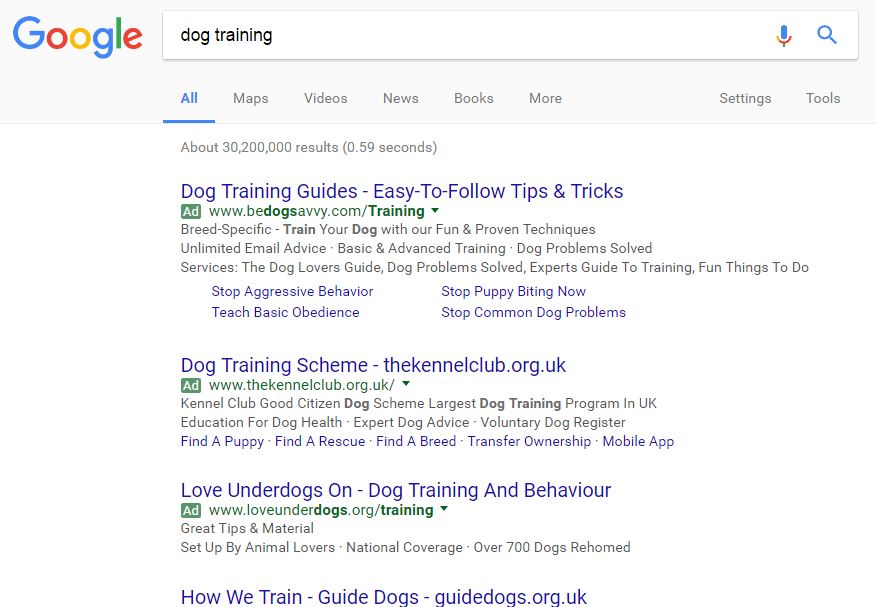
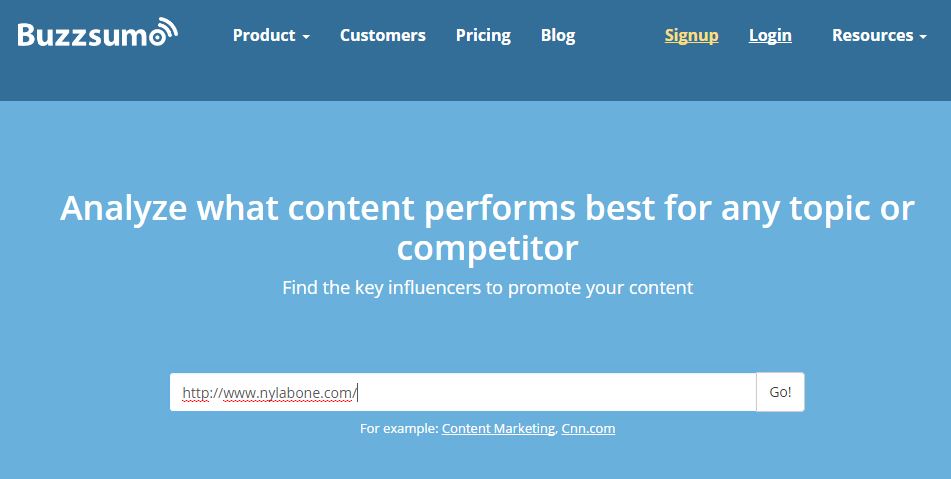
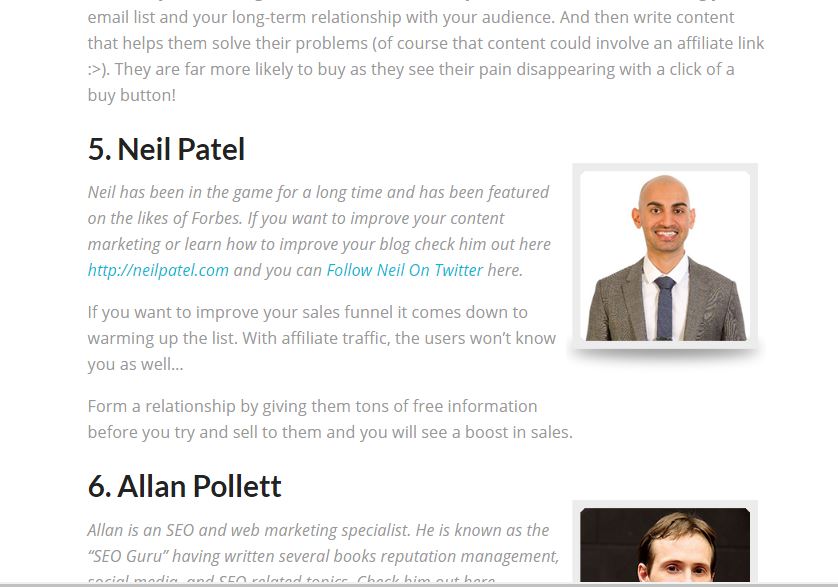

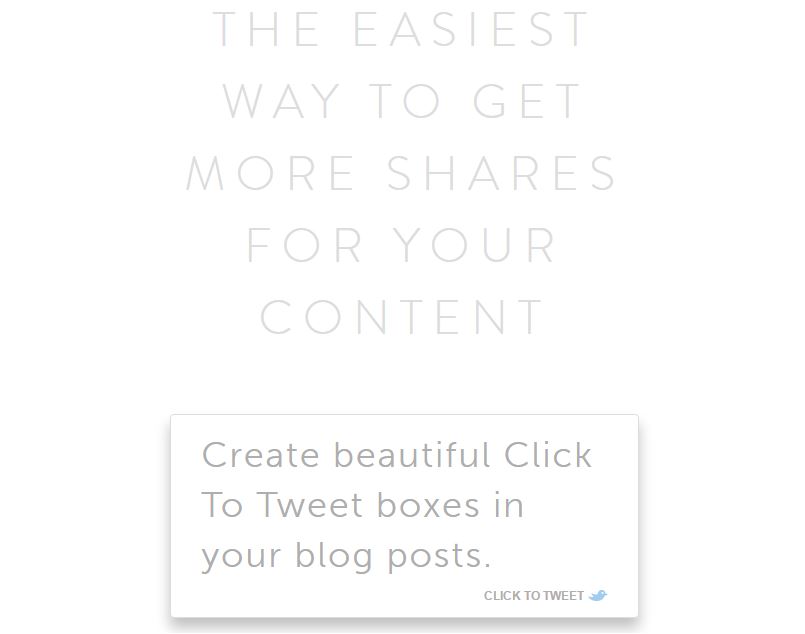


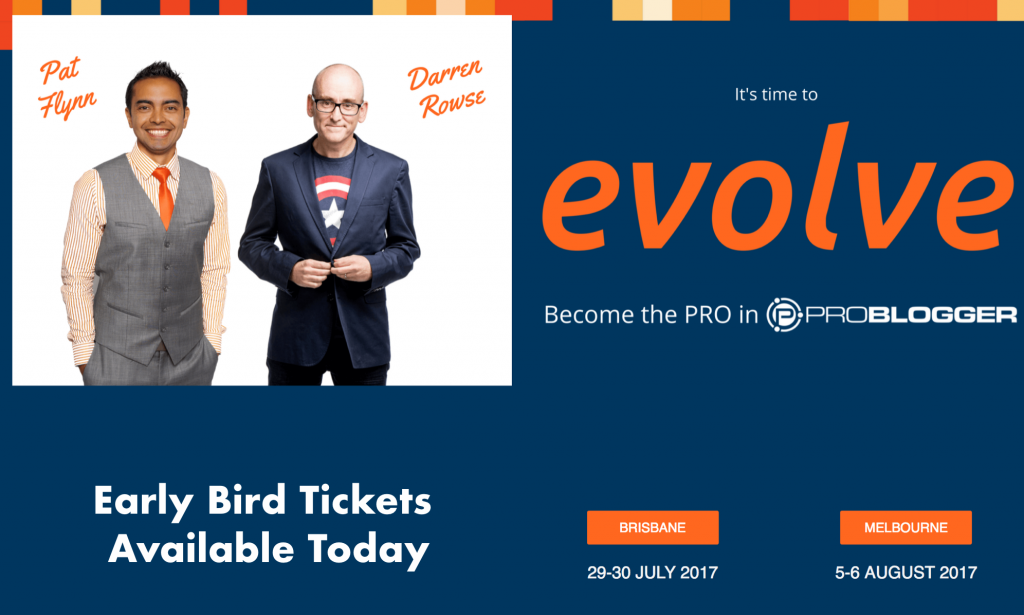
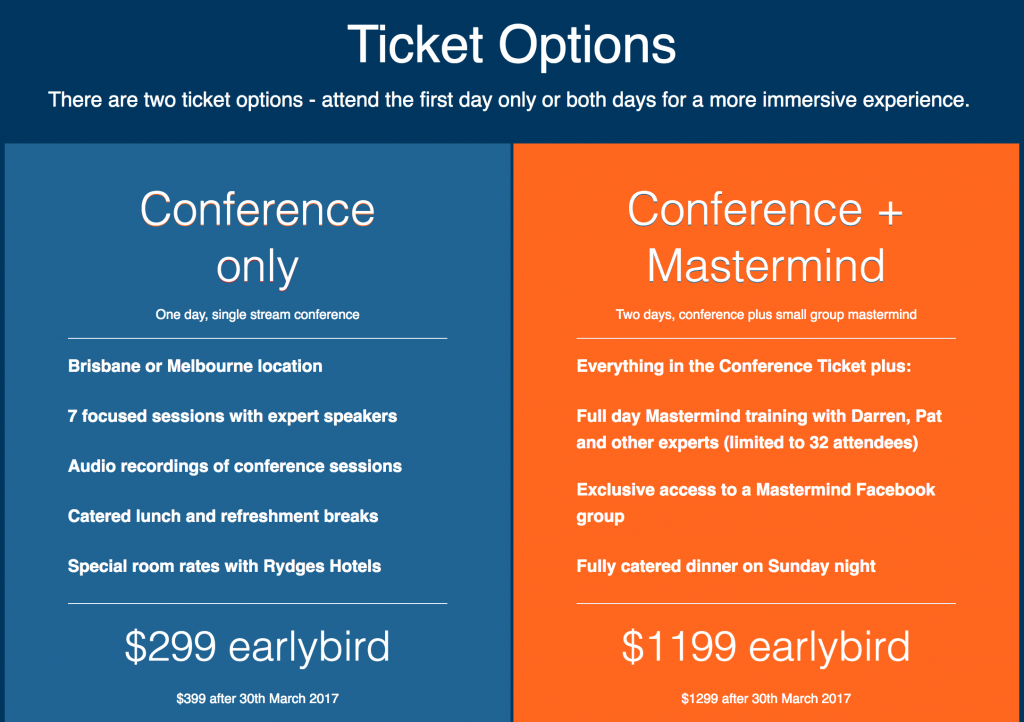





.jpg)